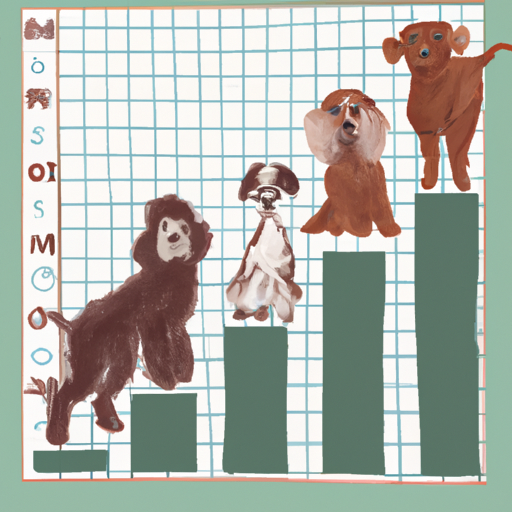1. Introduction to Dog Growth
You may be surprised to discover that there’s more to your pooch’s growth than just waiting for it to get bigger. It’s a complex process involving genetics, nutrition, and overall health. As a caregiver, it’s crucial to understand your dog’s growth pattern to provide the best care possible.
2. Factors Influencing Dog Growth
Just like us, several factors can influence how long your dog will grow:
-
Breed: Larger breeds tend to grow for longer periods than smaller ones. A Great Dane, for instance, can continue to grow until they are 2 or 3 years old, while a Chihuahua might stop growing around 1 year.
-
Nutrition: Proper nutrition is essential for healthy growth. A diet lacking in key nutrients may stunt your dog’s growth.
-
Health: Illnesses or health conditions can affect growth. Regular vet check-ups will ensure any health issues are detected and addressed early.
3. Growth Stages of Dogs
Understanding the stages of your dog’s growth can help you provide the appropriate care at each stage. Here’s a general breakdown:
-
Puppyhood: This stage lasts from birth to around six months. During this period, your dog will grow rapidly, reaching 60% of their adult size.
-
Adolescence: This stage lasts from six months to two years. Your dog’s growth will slow down, but they will continue to develop physically and mentally.
-
Adulthood: Your dog will reach its full size during this stage. However, larger breeds may continue growing until they’re two or three years old.
-
Senior: Depending on the breed, dogs enter their senior years between 7 and 10 years old. No further growth occurs, but there may be changes in weight and muscle tone.
4. Monitoring Your Dog’s Growth
You should regularly monitor your dog’s growth. Here’s a table showing the expected growth of a medium-sized dog:
| Age | Weight |
|---|---|
| 3 months | 12-15 lbs |
| 6 months | 25-30 lbs |
| 1 year | 40-50 lbs |
| 2 years | 50-60 lbs |
Remember, these are average figures and individual dogs may vary. Regular vet visits can help ensure your dog is growing healthily.
5. Growth Problems in Dogs
Sometimes, dogs may encounter growth problems such as stunted growth or overgrowth. If you notice any sudden changes in your dog’s growth pattern, consult a vet immediately.
Frequently Asked Questions (FAQs)
Q1: How long do small dog breeds grow?
A: Small dog breeds typically stop growing around the age of one year.
Q2: What can I do to help my dog grow healthily?
A: Provide a balanced diet, regular exercise, and routine vet check-ups.
Q3: Can I predict my puppy’s adult size?
A: You can estimate it based on the parents’ size and breed standards.
Q4: Can neutering/spaying affect my dog’s growth?
A: Research suggests early neutering/spaying can slightly affect a dog’s growth.
Q5: What should I do if my dog is not growing?
A: Consult a vet. It may be due to health issues or nutritional deficiencies.



